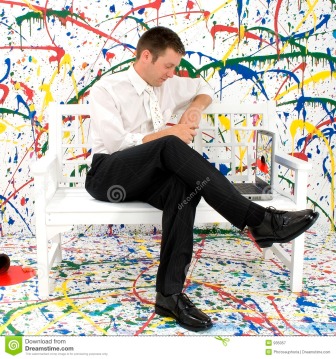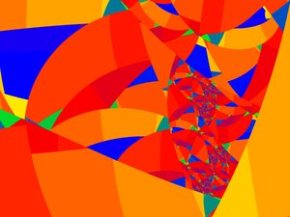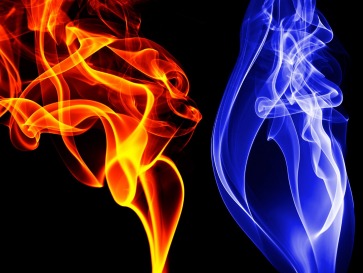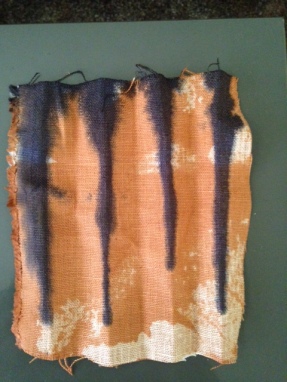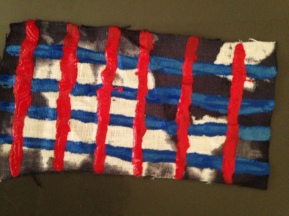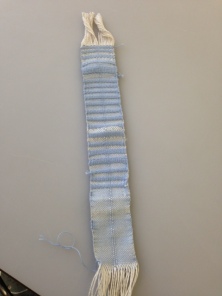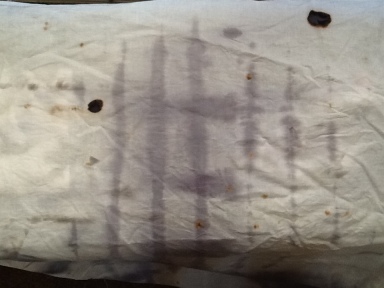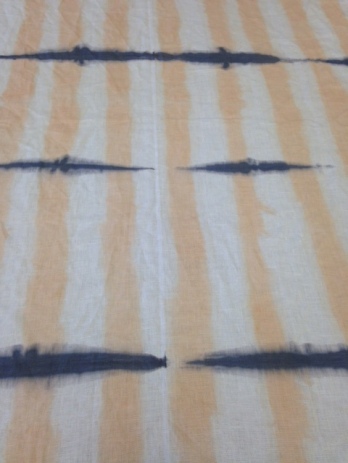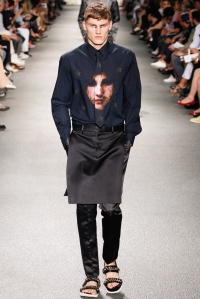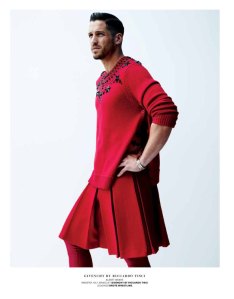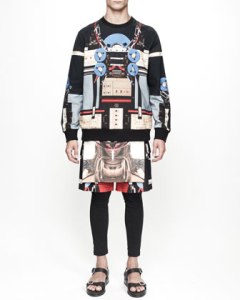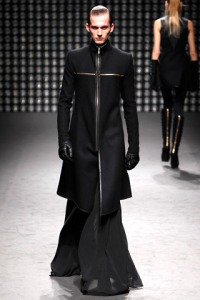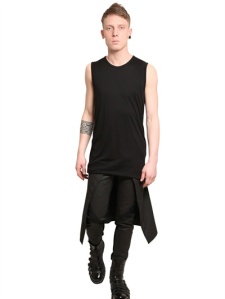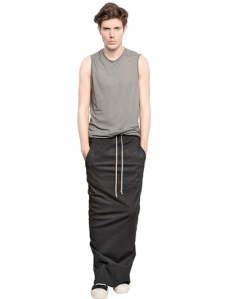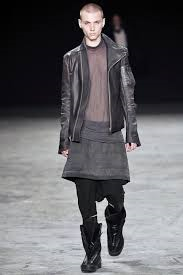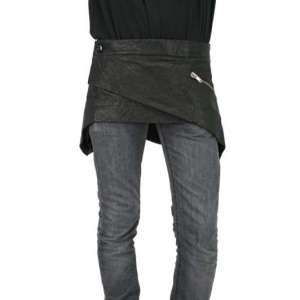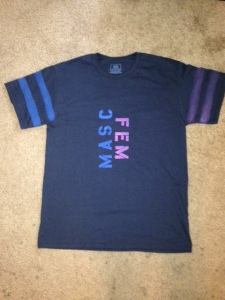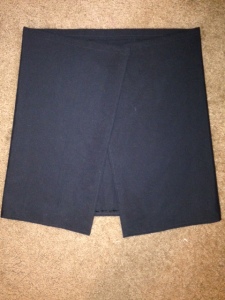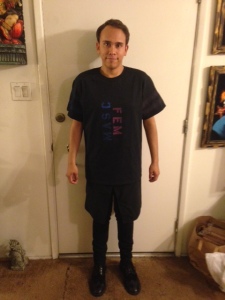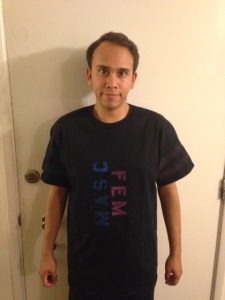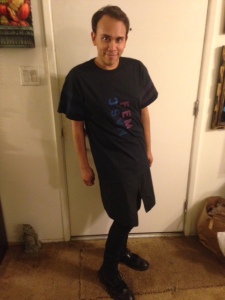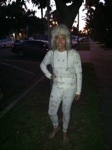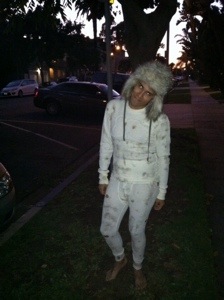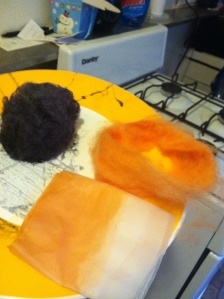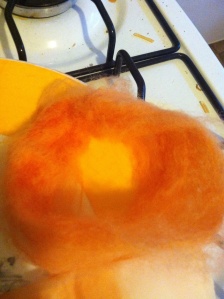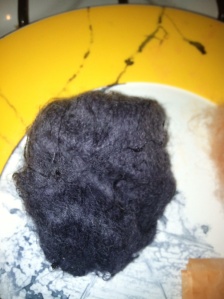Creative statement
I wanted to create a free spirited collection of textiles that combine chaos with logic. This is executed through free hand dying and structured tie dye. One fabric in particular uses burning with fire as a way to create burn and smoke effects on the textile.
Textile designers that have work like mine
Alexandria Beckett (hand paints textiles)
Jennifer Dodge (she told me my work looks similar to hers)
Inspiration:
Itemized list of materials
6 yards of linen @ $16 a yard- $96
4 yards of heavy cotton @ $4 a yard- $16
4 light acrylic paints- $45
1 pack of metallic pigment- $14
3 packs dye- $18
Yarn-free
Textiles and their processes
Tiger textile
Fold and dye
Dry
Fold and dye again
Spread dye across in missed areas
Blue textile
Mixed pigment with paint
Painted linen
Let it dry
Repeated process twice
Check textile
Folded textile
Sewed it to keep it in place
Dip dyed the folds
Let dry
Unstitched the folds
Painted orange with a paintbrush to create check
Hairpieces
Wove textile in blue cotton yarn
Made linear repeat in design for 2 of them, others are a plain weave
Burnt textile
Dyed textile in folds
Created checks
Burnt textile in areas while tied to create a burnt tie dye effect
Sample textiles (Pre group production)
Actual Textiles made
